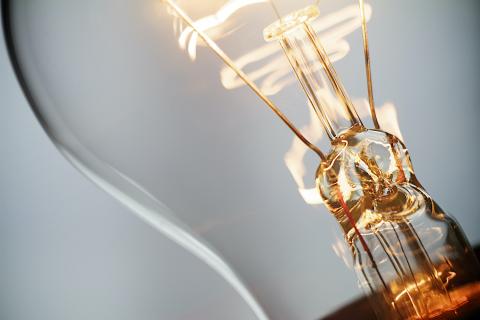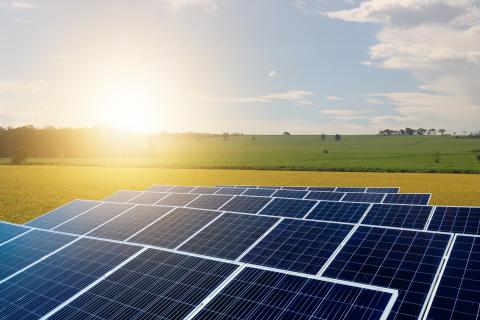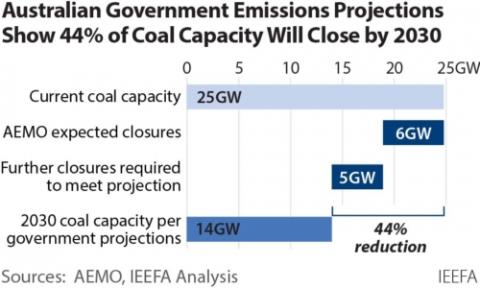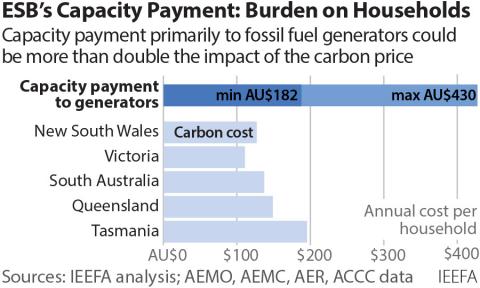Cheaper, faster decarbonisation: What State governments can do to support distributed energy resources
Download Full Report

Key Findings
Private investments in distributed energy infrastructure can be leveraged to support the cheaper, faster, and necessary decarbonisation of the electricity system to urgently address climate change targets.
To date, Australian households have spent an estimated A$25 billion on distributed energy resources. That number is likely to increase at least six-fold over the next decade.
All forecasts point to distributed energy resources playing a major role in the future electricity supply, demand response and grid services.
Executive Summary
Private investments in distributed energy infrastructure – in supply, demand response, and storage – can be leveraged to support the cheaper, faster, and necessary decarbonisation of the electricity system to urgently address climate change targets.
Rooftop solar, electric vehicles, battery storage and remotely controlled air conditioning are examples of distributed energy resources (DER) – the hardware and software investments made by consumers.
To date, Australian households have spent an estimated A$25 billion on DER. That number is likely to increase at least six-fold over the next decade.
Responsibility for DER integration into the electricity grid crosses national and state responsibilities
Distributed energy resources are the nexus between buildings, planning, transport and technology. Responsibility for DER integration into the electricity grid crosses national and state responsibilities.
This report focuses on what state governments can do to support and accelerate DER integration, including through Energy Ministers’ meetings and the planning and transport portfolios. Collaboration will be required for success.
Bringing several portfolios into the room is also an opportunity to improve outcomes for low-income households through smart policy and planning.
More efficient housing is the best investment state governments can make to tackle energy poverty.
This report makes ten recommendations for State Governments to consider:
- Invest in more energy efficient housing
- Electrify homes
- Remove gas connections from all buildings
- Legislate a demand response capability requirement for priority household appliances
- Expand the demand response mechanism to include aggregated household DER
- Upgrade energy efficiency schemes to reward “emiciency” and “pay for performance” programs based on actual verified savings
- Support managed electric vehicle charging
- Investigate how distribution network service provider revenue regulation can be updated to be fit-for-purpose
- Determine the commercial viability of supplying Standalone Power Systems and microgrids to remote, regional and climate vulnerable consumers
- Ensure the compliance and enforcement of DER devices, software and installations is undertaken.
If governments undertake to deliver on these recommendations, it will assist the smart uptake of DER in Australia, which in turn will lower the overall cost of the energy transition.



















